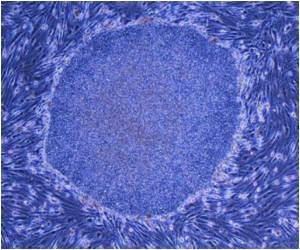Preventing bacteria from hiding within host cells could prove an effective weapon to fight severe infections.

Staphylococcus aureus is a major human pathogen which can be carried by up to 70% of healthy people, and can lead to conditions such as deep tissue infections, osteomyelitis, and chronic lung infections, which are often hard to treat with antibiotics. A key characteristic of these infections is that relapses can occur months or years after an apparent cure.
These relapses, Dr. Bettina Löffler and her team from the Institut für Medizinische Mikrobiologie in Münster, Germany, believe are due to phenotype switching, a change in the bacterial behaviour. After infection and invasion of the patient’s host cells, the bacteria form small colony variants (SCVs), tiny bacterial subpopulations that can evade the immune system as well as many antibiotics and grow slowly.
“For the microbiologist, it is difficult to detect SCVs in clinical specimens as they grow slowly, often needing several days to form and so can be easily overlooked in diagnosis,” said Löffler. “Our study asked two questions: Is the development of SCVs an integral part of the infection process and what are the dynamics of SCV formation?”
The team performed long-term infection studies with Staphylococcus aureus in cell culture systems and also analysed tissue samples from subacute and chronic human infections.
The research revealed that in all infection models, the bacteria were able to persist within the host for several weeks after the infection, leading to the formation of SCV colonies. This showed that SCVs began to appear following infection, after the immune system response was overcome and that this persistence led to a larger phenotypic diversity of bacteria.
Advertisement
This process enables the bacteria to hide inside host cells without provoking an inflammatory response from the host’s immune system. In addition, they might be efficiently protected from antibiotic treatment.
Advertisement
Source-Medindia









